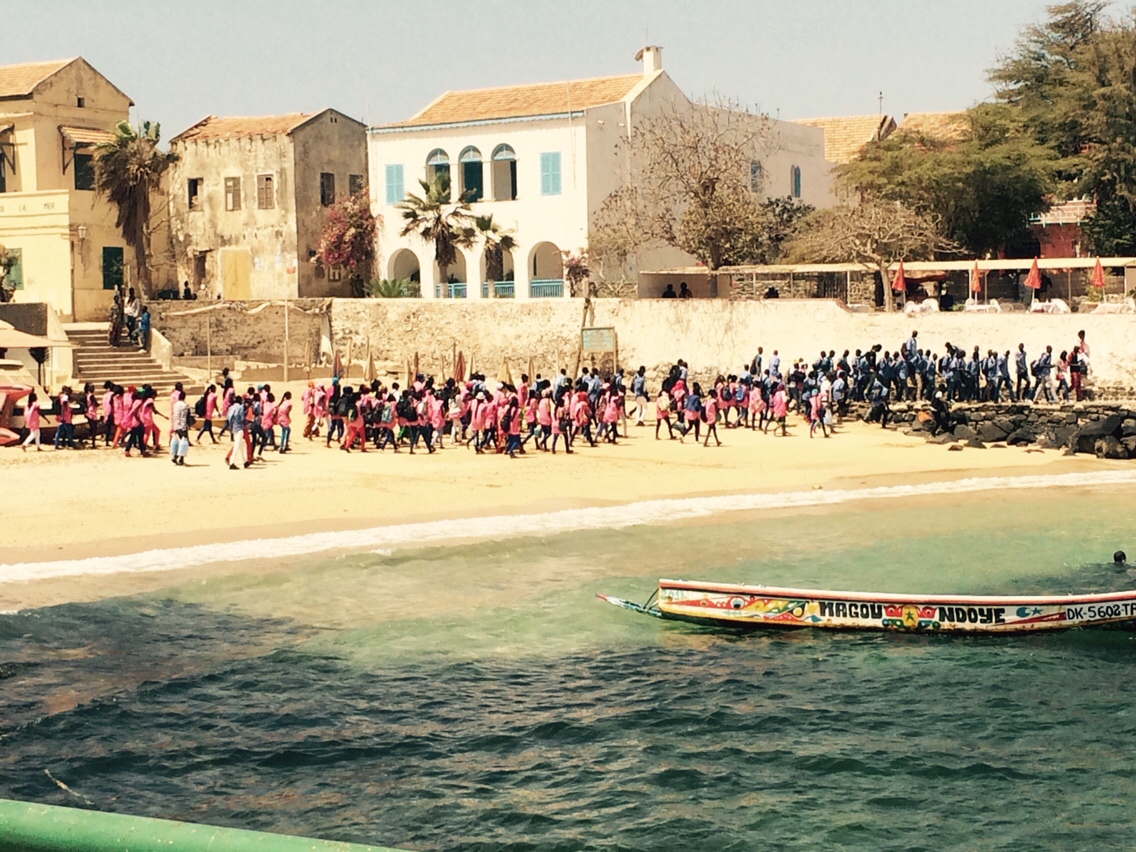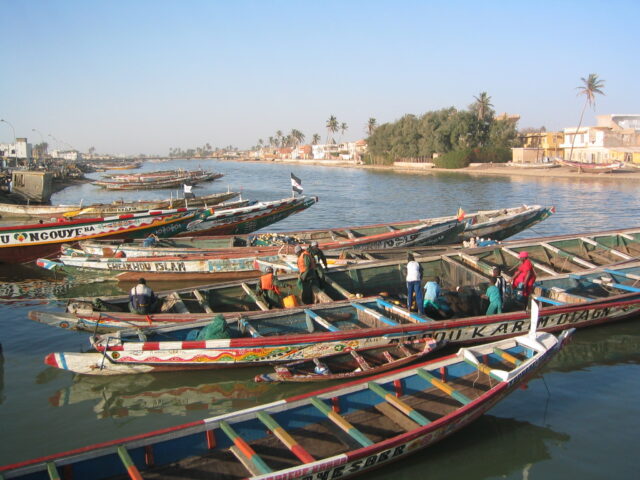Over the past few weeks, I’ve witnessed my research expand, encouraging me to look at my questions and goals more critically. In becoming more well-versed with the ins and outs of research, my questions about the Talibé in Senegal have taken a deeper analytic turn. Talibé children have become a vulnerable population as many are forced into street begging and lack the basic needs for a child. My research calls for a look into the present and future of the Talibé, which heavily focuses on how the system has influenced these individuals. While this is true, I believe it also calls for a critical analysis of the daara institution that allows these children to be considered a vulnerable population.
From taking a look into the institution, I hope to get to the root of the cause — what are the primary reasons that contribute to children being sent to daaras? Is it purely religious? Are there economic factors? If so, what drives these factors? This will give me the necessary historical foundation to understand how the system has grown to its importance in Senegal. I also believe that this viewpoint will give my research insight into how Senegal has dealt with the issue of daaras/Talibé, such as how has the government responded? Or what conversations have Senegalese people had about these topics? How have these initiatives or conversations changed over the years?
Apart from the past and current, I think a large part of this research for me is the future. What can we say for mental health or successful integration into everyday life and society? I don’t think the question of mental health is asked in regards to whether there is an issue, but rather is it discussed enough.

O
